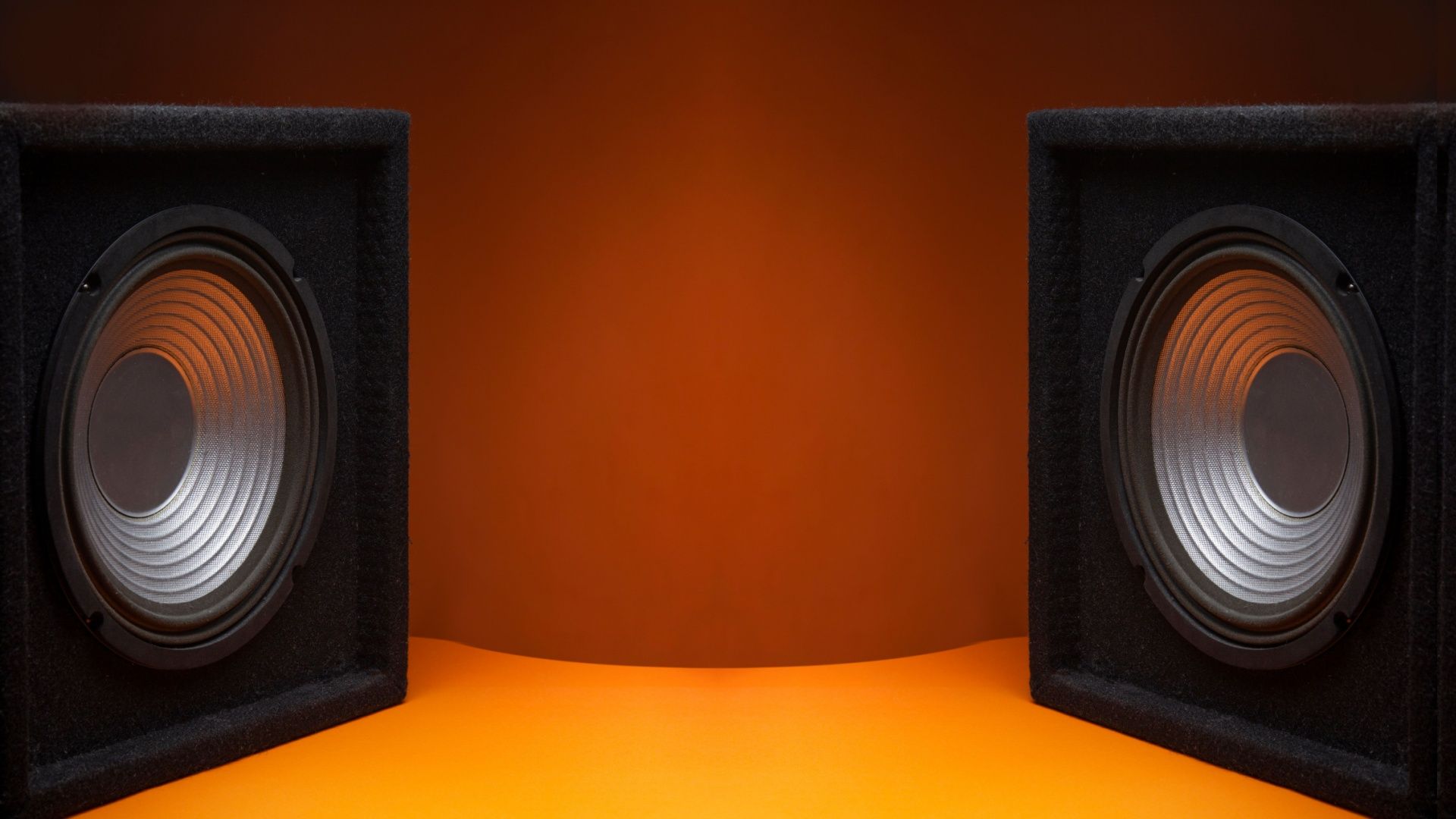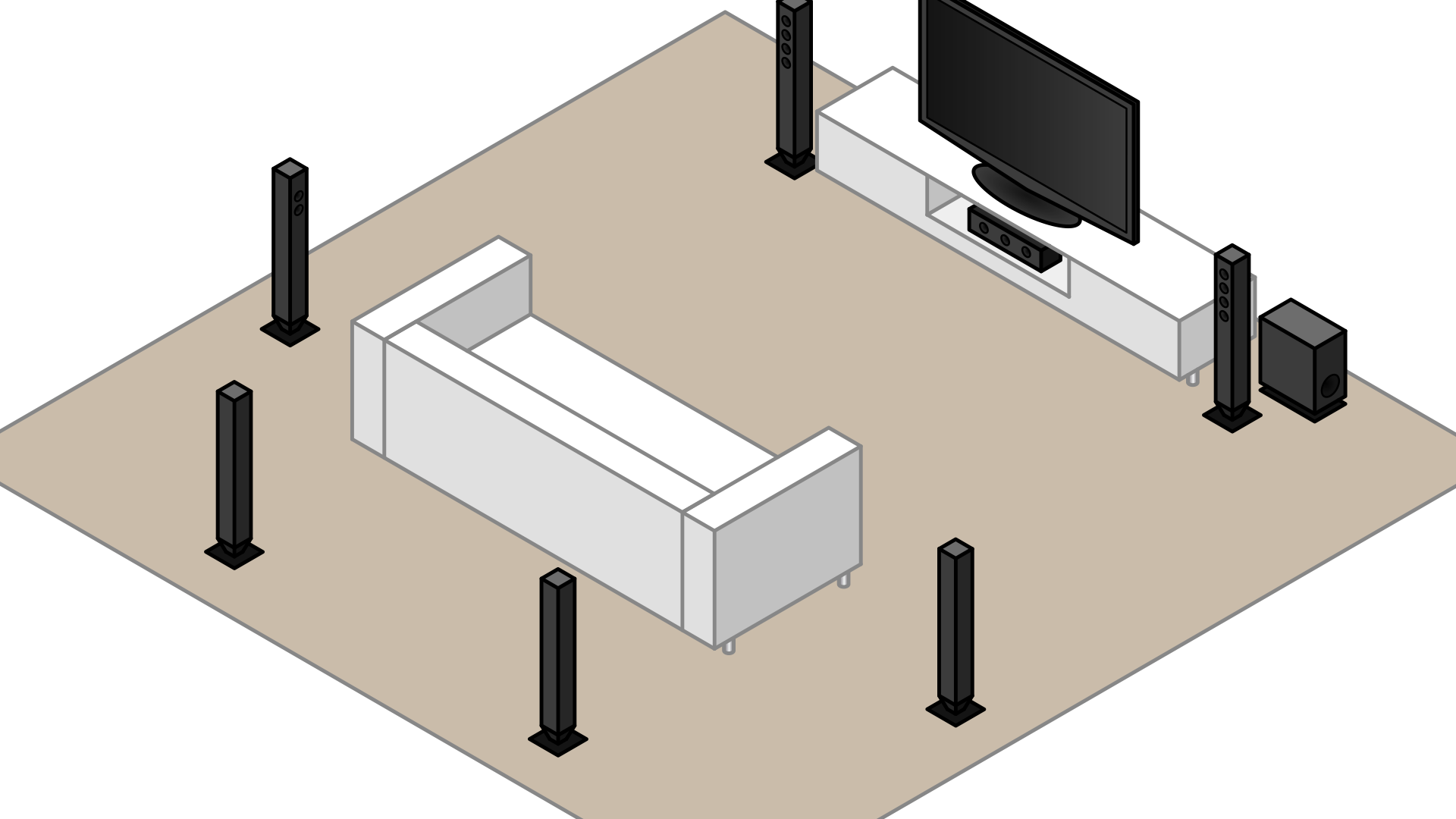AV receivers can be finicky or hard to understand at first, so it’s easy to mess a thing up or two during setup. Here are some settings to check if you’re having any audio problems in your home theater.
6
Improper Room Correction Calibration
While calibration tools for your AV receiver are incredibly handy in theory, it’s very easy to mess it up. If your receiver is running software like Audyssey, and you’re using a provided calibration speaker to pick up and measure the distance and positioning of the speakers in your setup, you have to follow the instructions provided, or you run the risk of having all the wrong settings applied.
It’s important to make sure that the microphone is at ear height in the listening positions you’re calibrating for, since you’re calibrating for where you’re going to be regularly sitting. If you put it on the ground, it’s going to calibrate the speakers based on how they sound from the ground, which can be a lot different from on a couch. Use a stable tripod and put it right where you’ll be watching from. It’s also important to use the provided microphone, since it’s made for this exact purpose. Some people on the internet will tell you to use different ones, but the microphone provided for your AV receiver is provided for a reason. You’ll also want to leave the room, so you don’t make any sounds that’ll interfere with the calibration process.
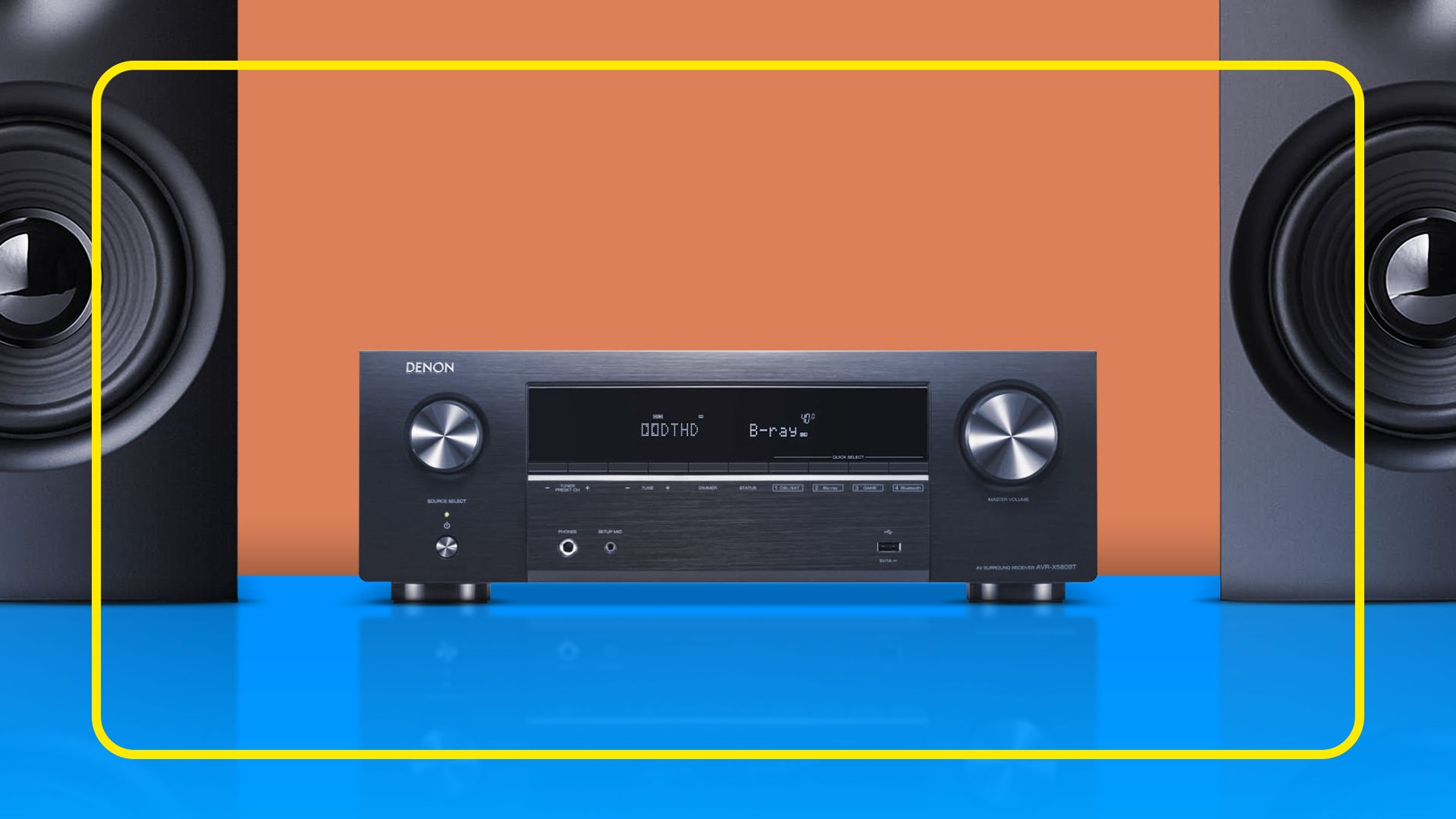
Related
Do You Really Need an AV Receiver? A Look at Standalone Options for Home Theater Audio
You don’t necessarily need an AV receiver.
5
Setting Speaker to the Wrong Size
When you’re setting speaker sizes using your AV receiver, you might get a bit confused regarding what qualifies as “small” or “large.” It’s not exactly intuitive for the layperson, but the differentiating factor between the sizes is the frequency range assigned to each speaker. Small speakers play high and midrange sounds; large speakers also cover bass.
Basically, if you have a dedicated subwoofer, your speakers should be set to small. But if you aren’t using a subwoofer and have speakers with woofers, you’d set those speakers to large. Take a look at these settings and see if you’ve got it all right, or else your lower frequencies aren’t going to sound right.
4
Incorrect Distance Settings
When you’re setting the distance of your speakers on your AV receiver, you need to make sure you’re as accurate as possible, since these settings can make or break your home theater sound. The distance setting impacts delay, so if you screw up the distance of a speaker, it could cause that speaker to be more delayed than other speakers.
Automatic calibration tools will measure distance for you, but you might need to manually adjust them to make it as good as it can be. Using a tape measure to confirm the distance of your speakers from your position is a good idea.
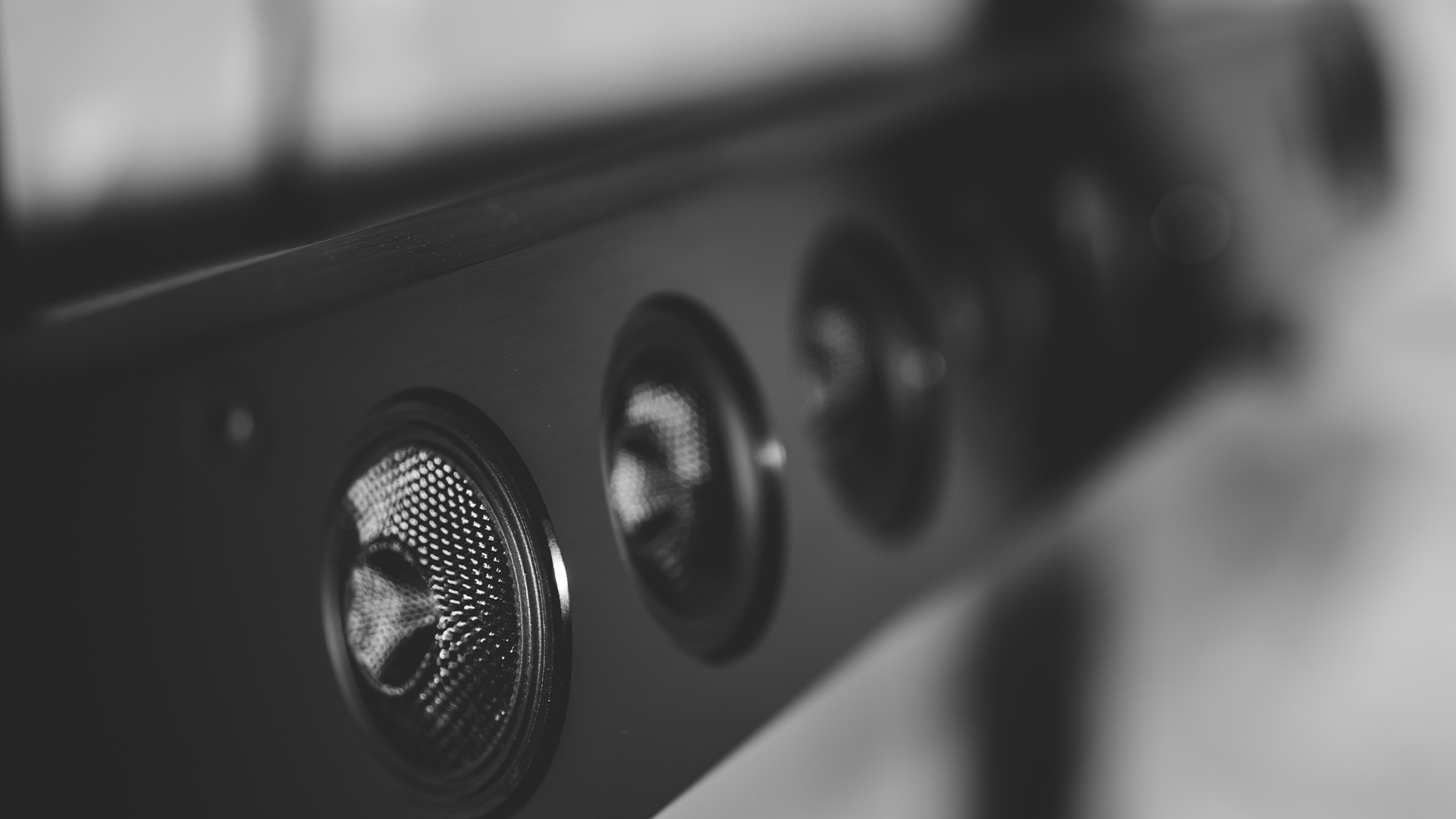
Related
Home Theater Sound Basics: A Beginner’s Guide to Better Movie Audio
All the audio essentials you need to know.
3
Wrong Sound or Channel Mode
If your home theater audio sounds off, there’s always a chance that you applied the wrong sound or channel settings to your speakers. Some AV receivers have a lot of possible sound modes, like ones for games or movies, or various surround sound technologies. Make sure the sound mode you’re using is the right one for the media you’re watching. You probably don’t want to set your AV receiver to “jazz club” mode when you’re watching The Matrix.
Your channel settings matter a lot too. If you have a 5.1 setup and set your speakers to mono, stereo, or even 7.1 on your AV receiver, that’s definitely going to sound a little off. This is a hard one to mess up, but if you’ve ever been browsing through your settings not knowing what modes do what, you could’ve messed this one up without realizing it.
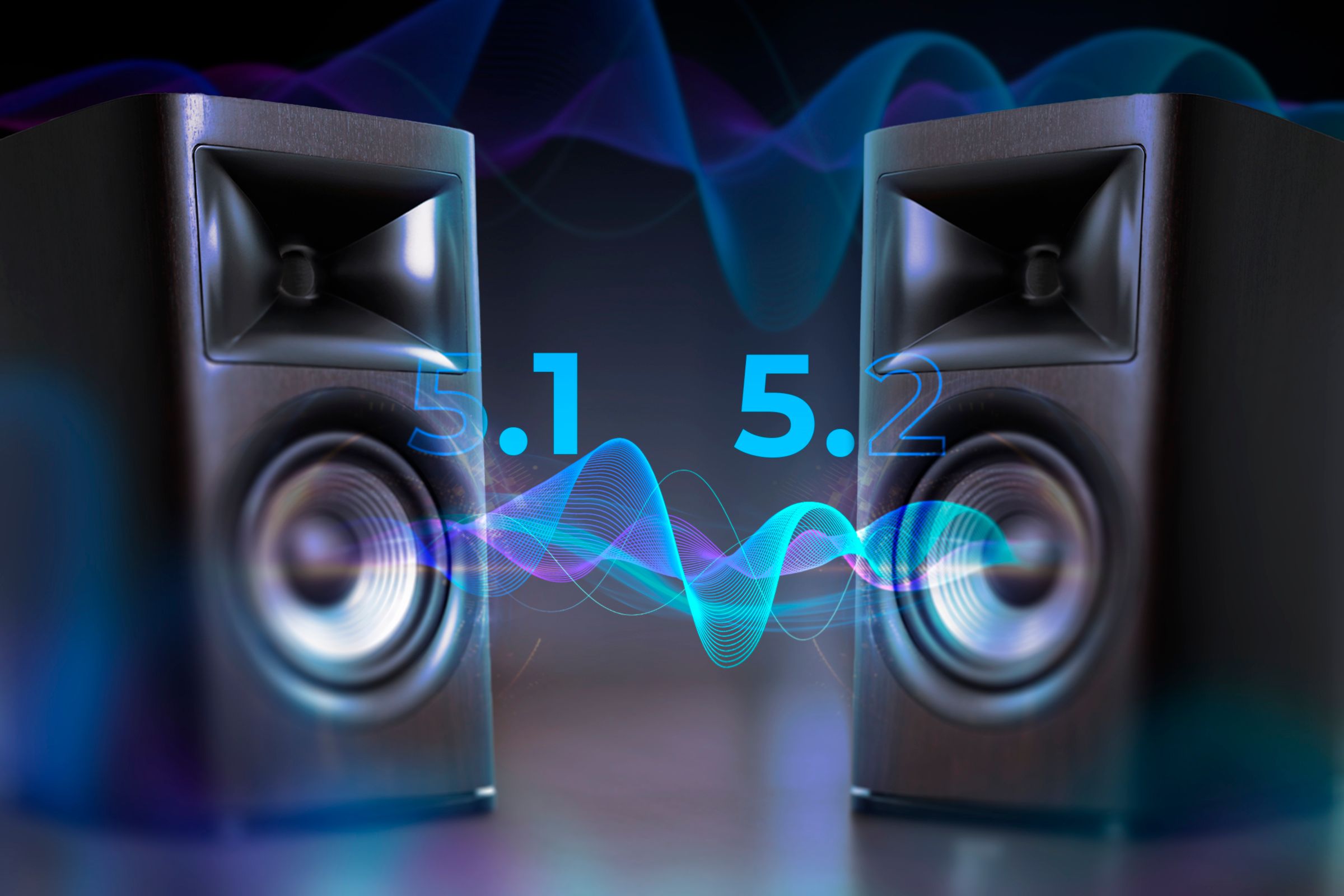
Related
5.1 vs 5.2 Surround Sound Systems: Is the Extra 0.1 Better?
One subwoofer is great, so are two even better?
2
Poor Equalization
Automatic speaker calibration can apply significant equalization to your speakers, and sometimes it can be a bit excessive. It’s applied so that the speakers all sound similar enough for a quality listening experience, but like all automatic tools, it can make mistakes.
Equalization is also a very individual thing, and personal preference is important. However, you can also mess this up if you don’t quite know what you’re doing and end up with some weird frequency levels coming from your speakers.
Take a look at your equalization settings for the various speakers in your setup and see if anything is leaning too excessively into the bass or treble regions. Additionally, if your front-facing speakers have two different equalization settings, your audio will end up sounding pretty strange. Make sure your equalization keeps the sound from each of your speakers consistent with one another, and play around with it to see what actually works best for you.
1
Crossover Is Set Too Low or Too High
Crossover refers to which frequencies get filtered out from your speakers that then go to your subwoofer. Where the crossover is set on your AV receiver is integral to making sure you get the best highs and lows from your home theater setup. Otherwise, with crossover set too low, you might not hear any bass at all, and your speakers will be playing frequencies that are a bit too low for them to handle, making them sound muddy. Too high and you’ll be missing out on the lower frequency sounds your speakers could actually handle really well.
A generally good place to set your crossover is at 80Hz, but if you’re not hearing much from your subwoofer at 80Hz, you can set the crossover up a bit more and see if that helps. But if you set it too high or too low, it’s not going to sound right. If you have it set to some strange number, or your automatic calibration set it wrong, put it back to 80Hz and adjust from there.
As good as automatic calibration tools can be, it’s always worth double-checking to see if they really got it right. Or if you set up your speakers manually initially, there’s always a chance you set something up a little wrong. Once you check these settings and adjust them to your liking, your home theater will be sounding better in no time.


